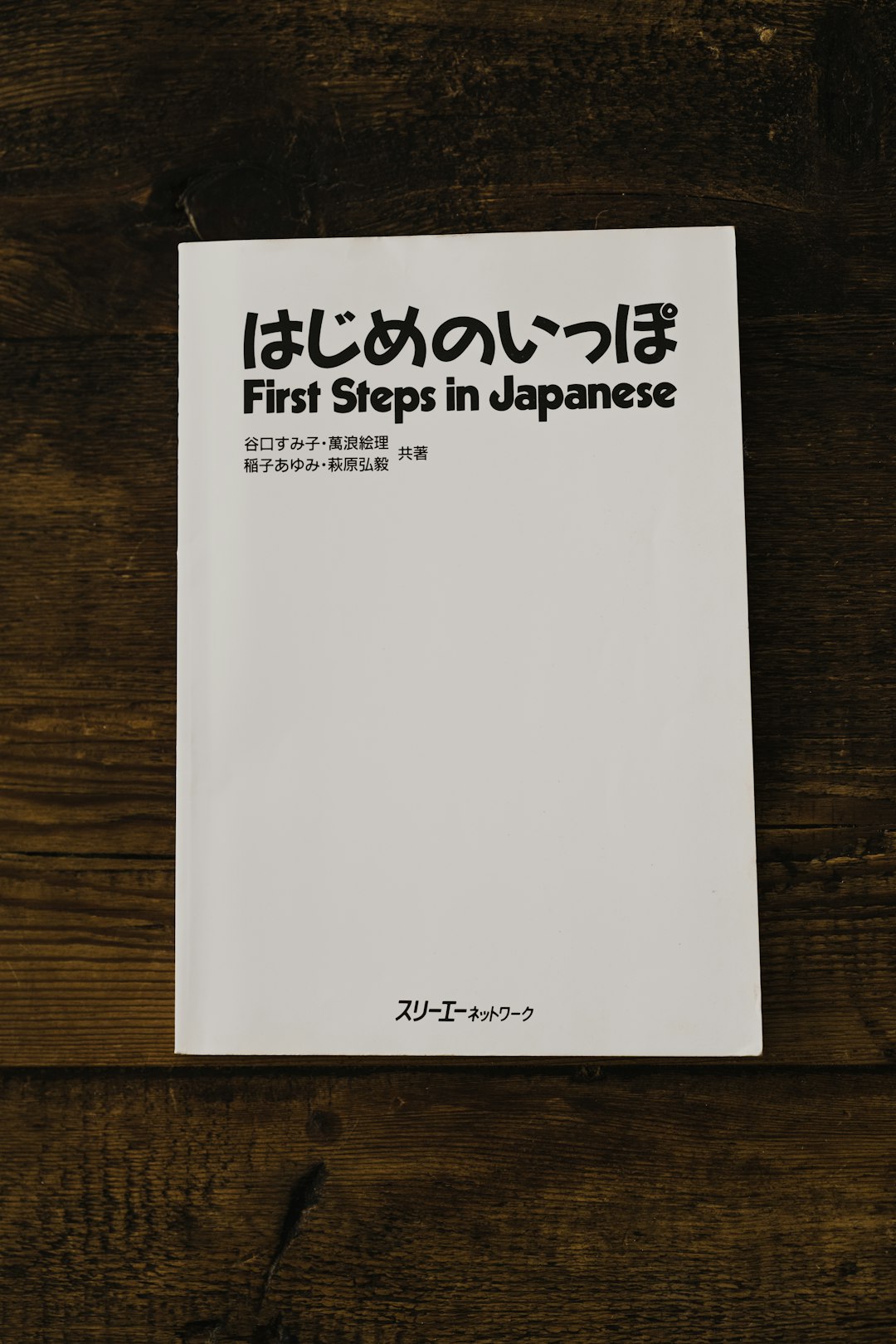Introduction to the Japanese Language
The Japanese language, known as Nihongo (日本語) in its native tongue, is spoken by over 125 million people primarily in Japan. Its unique linguistic features, distinct writing systems, and fascinating history make Japanese both a challenging and rewarding language to study. This article provides an in-depth introduction to Japanese, covering its history, writing systems, phonetics, grammar, and basic vocabulary, enhanced by informative tables.
Table of Contents
- Historical Overview
- Japanese Writing Systems: Kanji, Hiragana, and Katakana
- Japanese Phonetics and Pronunciation
- Basic Grammar
- Essential Vocabulary Table
- Conclusion
1. Historical Overview
Japanese belongs to the Japonic language family. While its precise origins remain a topic of debate, many linguists believe it was influenced by Chinese, Korean, and possibly Austronesian languages. The introduction of Chinese characters (kanji) between the 4th and 5th centuries CE fundamentally shaped written Japanese.
- Old Japanese: (~8th century) Earliest recorded form.
- Classical Japanese: (9th to 16th centuries) Refined through literature.
- Modern Japanese: (17th century onwards) Currently spoken form.
2. Japanese Writing Systems
Japanese employs three scripts: Hiragana, Katakana, and Kanji. Romanized Japanese, or Romaji, is also sometimes used for learners.
| Script | Purpose | Example |
|---|---|---|
| Kanji | Logographic; represents meaning and sound; borrowed from Chinese | 水 (mizu, water) |
| Hiragana | Syllabic; native words, grammatical elements | みず (mizu) |
| Katakana | Syllabic; foreign words, emphasis, onomatopoeia | ミズ (mizu) |
| Romaji | Latin script transcription | mizu |
2.1 Kanji
There are thousands of kanji, but about 2,136 are officially designated for daily use (Jōyō Kanji). Kanji often have multiple readings—On'yomi (Chinese reading) and Kun'yomi (native reading).
| Kanji | On’yomi | Kun’yomi | Meaning |
|---|---|---|---|
| 山 | san | yama | mountain |
| 学 | gaku | mana(u) | learn |
| 日 | nichi | hi, bi | sun/day |
2.2 Hiragana and Katakana
Both are syllabaries with 46 basic characters. Hiragana is used for native words; katakana for foreign/borrowed words.
Basic Hiragana & Katakana Table
| Sound | あ (a) | い (i) | う (u) | え (e) | お (o) |
|---|---|---|---|---|---|
| a | あ | い | う | え | お |
| ka | か | き | く | け | こ |
| sa | さ | し | す | せ | そ |
| … | … | … | … | … | … |
(Katakana: ア イ ウ エ オ; カ キ ク ケ コ; サ シ ス セ ソ; …)
3. Japanese Phonetics and Pronunciation
Japanese is a mora-timed language. Each mora (sound unit) is roughly equal in length.
Main characteristics:
- 5 vowel sounds: a, i, u, e, o
- Syllables have a simple structure, usually a consonant + vowel.
- No stress accent; some pitch accent differences.
| Vowel | Romanization | Example |
|---|---|---|
| あ | a | asahi (morning sun) |
| い | i | ichigo (strawberry) |
| う | u | umi (sea) |
| え | e | egao (smile) |
| お | o | otoko (man) |
4. Basic Grammar
Japanese grammar differs greatly from English, notably in basic word order and particle use.
Word Order
Subject – Object – Verb (SOV):
- Watashi wa ringo o tabemasu.
- (I [topic marker] apple [object marker] eat.)
Particles
Particles are short words indicating grammatical function.
| Particle | Usage | Example |
|---|---|---|
| は (wa) | Topic marker | わたしは学生です。 |
| を (o) | Direct object marker | パンを食べます。 |
| で (de) | Place of action | 学校で勉強します。 |
| に (ni) | Direction/time | うちに帰ります。 |
Politeness
Japanese has multiple politeness levels, including:
- Plain form (dictionary form): たべる (taberu) - to eat
- Polite form (masu-form): たべます (tabemasu) - to eat (polite)
5. Essential Vocabulary Table
Here’s a table of useful beginner Japanese words:
| English | Japanese (Hiragana) | Kanji | Romaji |
|---|---|---|---|
| Hello | こんにちは | - | Konnichiwa |
| Thank you | ありがとう | - | Arigatou |
| Yes | はい | - | Hai |
| No | いいえ | - | Iie |
| Water | みず | 水 | Mizu |
| Name | なまえ | 名前 | Namae |
| Student | がくせい | 学生 | Gakusei |
| Teacher | せんせい | 先生 | Sensei |
| Please | おねがいします | - | Onegaishimasu |
| Goodbye | さようなら | - | Sayōnara |
6. Conclusion
Japanese is a language rich in history, complexity, and subtlety. Its sophisticated writing systems, distinctive phonetics, and hierarchical politeness make it unique among world languages. Whether you are a language enthusiast, a traveler, or a prospective resident in Japan, learning Japanese opens up new cultural vistas and rewarding challenges.
Recommended Next Steps:
- Learn the hiragana and katakana charts.
- Start with simple conversation phrases.
- Practice reading and writing basic kanji.
Resources:
頑張ってください! (Ganbatte kudasai! – Do your best!)
